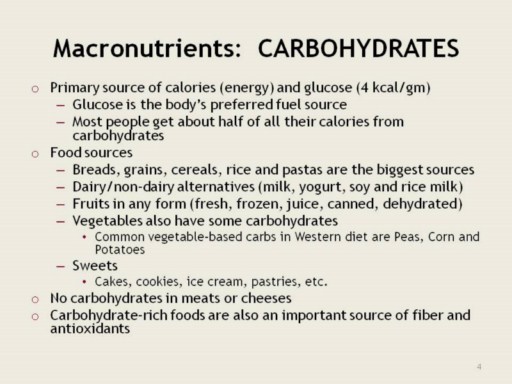| front |1 |2 |3 |4 |5 |6 |7 |8 |9 |10 |11 |12 |13 |14 |15 |16 |17 |18 |19 |20 |21 |22 |23 |24 |25 |26 |27 |28 |29 |30 |31 |32 |33 |34 |review |
 |
•Calories
(also called kilocalories) are used in the US. Kilojoules (kJ) are
used on food labels in most other parts of the world though, including
the EU and by the WHO. One kJ is equal to 238.9 Calories.
•Milk
includes: cow’s milk, goat’s milk, rice, and soy milk. Nut milks, such
as almond may also have some carbohydrates – amount varies by brand and
flavoring.
•If
a meat/poultry/seafood item has breading on it, then it will also be a
source of carbohydrates.
•Most
non-starchy vegetables (all those EXCEPT peas, corn, or potatoes) have
just 2 grams of less of carbohydrate per serving.
•Fiber
is essential for optimal GI health. Fiber also seems to aid in glycemic
control for people with diabetes. Also aids in cholesterol management
for those with hypercholesterolemia.
|